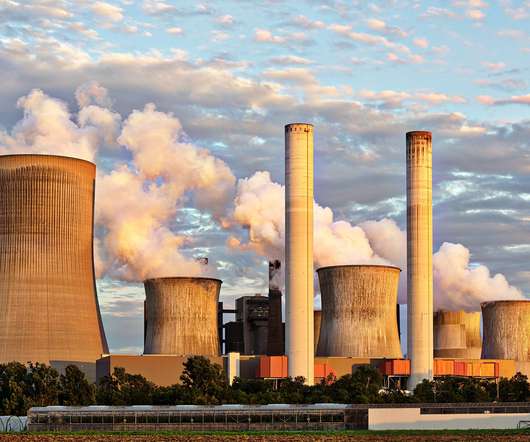What follows after the Eureka Moment: Consulting for Innovation Start-ups
Tom Spencer
SEPTEMBER 24, 2021
The following article will demonstrate the pitfalls of turning an innovation into a market reality with a case study from the plastics industry. Turning Innovation into a Market Reality. When it comes to the plastics industry, the chemical recycling company Carbios is an instructive example of this delayed patenting strategy.














Let's personalize your content